Premieres Monday, Sept. 11, 2023 at 9 p.m. on KPBS TV / PBS App + Encores Wednesday, Sept. 13 at 8 p.m. and Saturday, Sept. 16 at 6 a.m. and Noon on KPBS 2
On Sept. 12, 1974, police were stationed outside schools across Boston as Black and white students were bused for the first time between neighborhoods to comply with a federal court desegregation order. The cross-town busing met with shocking violence, much of it directed at children: angry white protestors threw rocks at school buses carrying Black children and hurled racial epithets at the students as they walked into their new schools. The chaos and racial unrest would escalate and continue for years.
Using eyewitness accounts, oral histories and news footage that hasn’t been seen in decades, “The Busing Battleground” pulls back the curtain on the volatile effort to end school segregation, detailing the decades-long struggle for educational equity that preceded the crisis. It illustrates how civil rights battles had to be fought across the North as well as the South and reckons with the class dimensions of the desegregation saga, exploring how the neighborhoods most impacted by the court’s order were the poorest in the city.
The fight for educational equity in Boston began in the early 1950s, years before the landmark Brown v. Board of Education ruling. Local activists, including Ruth Batson, a mother and head of the local NAACP’s education committee, began documenting the differences between majority Black and white schools. They reported that Black children were taught in the oldest school buildings, the most overcrowded classrooms, and by the most inexperienced teachers.
On June 11, 1963—the day President John Kennedy gave a historic Civil Rights speech on national television saying civil rights was a “moral issue”—Batson presented her findings to the all-white Boston School Committee and demanded its members acknowledge de facto segregation in Boston’s public schools. The committee, headed by South Boston lawyer Louise Day Hicks, refused to do so. That meeting was a turning point. In the words of activist Hubie Jones, “It ignited a movement.”
Over the next several years, Black activists led a series of demonstrations and protests, including “Stay Out for Freedom” actions, during which students boycotted their regular classrooms for the day to attend Freedom Schools, where they learned that the struggle for civil rights wasn’t unique to the South. The events only caused the school committee members to dig in their heels. They understood that opposing the Black community’s demands translated into support—and votes—from white Bostonians.
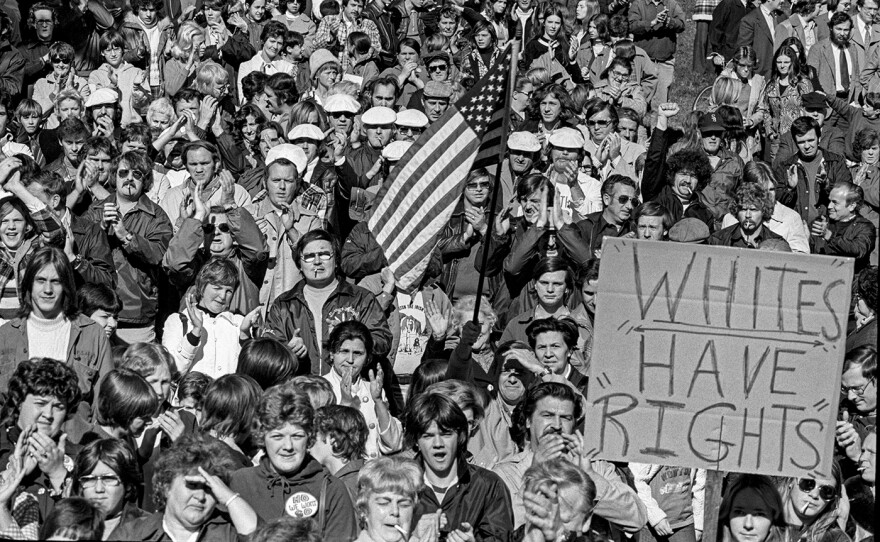
In 1965, in response to the inaction of the school committee and chastened by a visit to Boston by Martin Luther King, Jr., the Massachusetts legislature passed the Racial Imbalance Act. The law required school districts to ensure their schools were racially balanced. Yet, year after year, the Boston School Committee refused to comply. In 1972, the NAACP filed a lawsuit on behalf of 14 Black parents and their children, charging the committee with deliberately segregating the public schools. Judge Garrity ruled in favor of the plaintiffs, putting into motion a plan to bus children between Black and white neighborhoods.
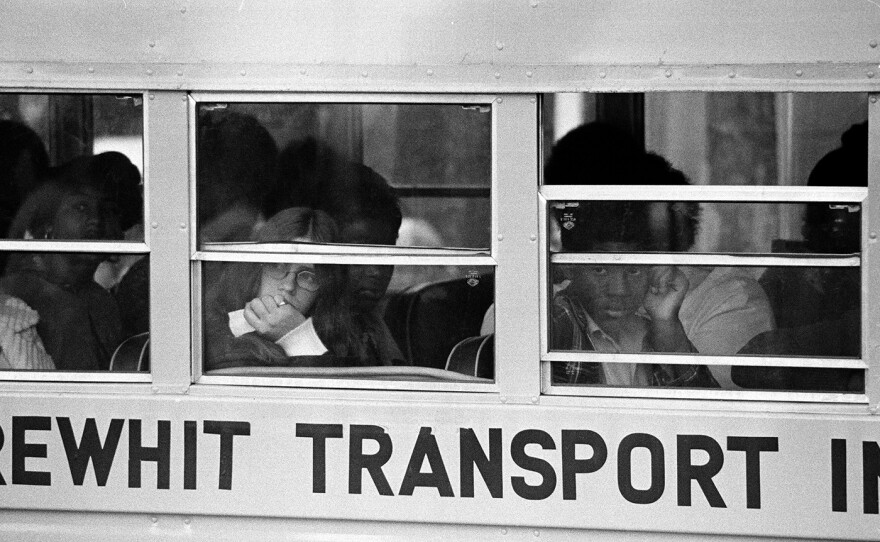
The decision put the city on edge. Though some Black parents applauded the judge’s ruling, others would have preferred improved schools in their communities. Many white parents took to the streets in protest. They often came from lower-income neighborhoods and were furious that some of their children would no longer attend nearby schools; they complained that the wealthy white suburbs that supported integration would not be affected by the plan and argued that their children had nothing to gain from being sent to Black neighborhoods where the schools were reportedly even worse than their own.
RELATED: The City of Boston Is Out of Control
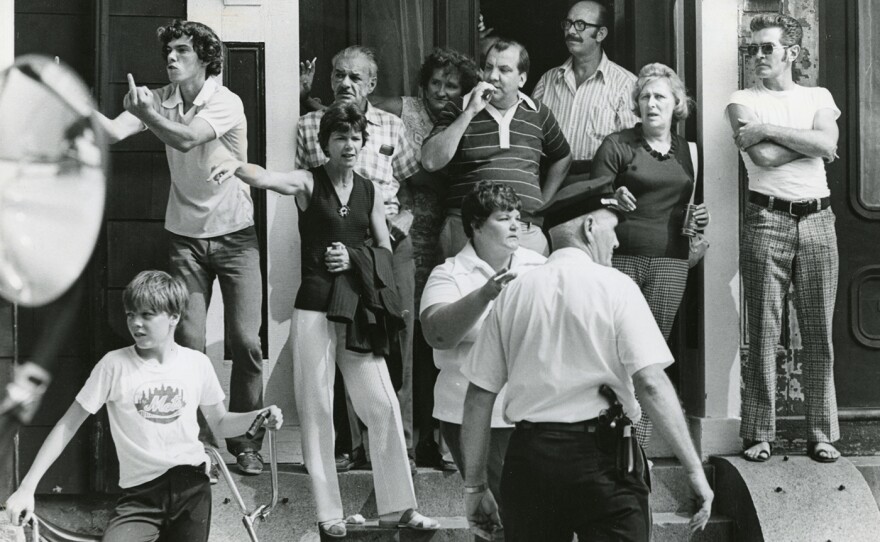
When school opened in September 1974, thousands of white parents kept their children out. Protesters gathered outside South Boston High, and as the buses arrived, many shouted racist epithets and, later that day, threw rocks, terrorizing the Black children on board.
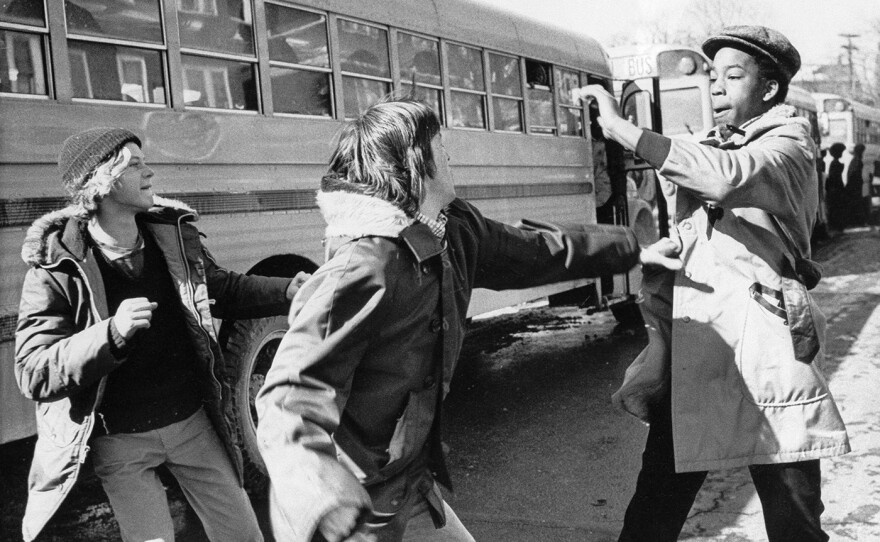
Racist violence continued throughout the year and tensions outside the schools and fights inside made learning impossible. Attendance was spotty as many white families and some Black families refused to send their children to school. By the end of the year, 10,000 children had left the school system permanently.
The following year, Garrity imposed a revised plan that broadened the scope of the integration efforts and increased the number of children to be bused. Though the violent opposition continued, the majority of the city’s 164 schools were eventually peacefully integrated. Some white parents complied with the court’s orders because they felt obliged to obey the law; others thought it was the right thing to do. But as the disruptions continued, more and more white parents pulled their children out of the public school system.
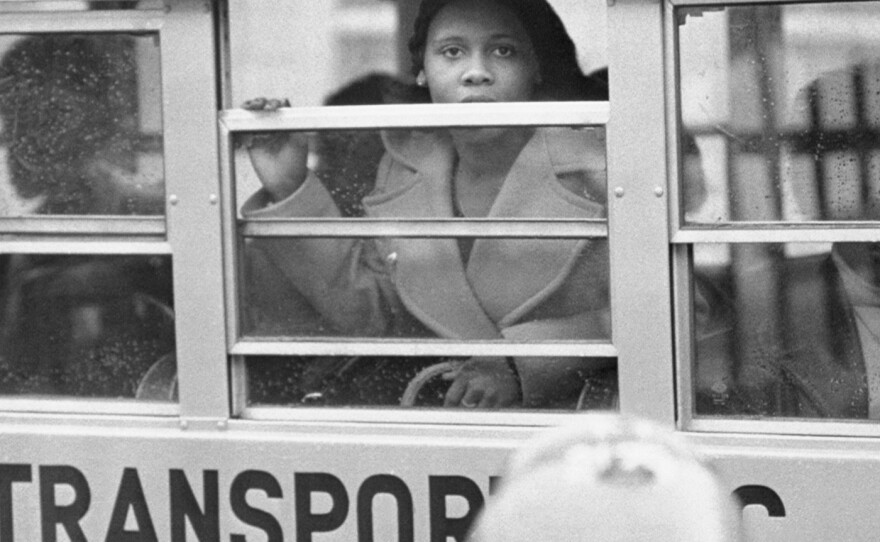
Boston finally ended policies that required schools to bus students for desegregation in 1999, by which time more than 70 percent of the city’s students were children of color. Looking back, Black activist Bryant Rollins rues the fact that during the heightened tensions of the time, white and Black communities couldn’t listen to each other. “A lot of the conflict that arose during the ’60s and ’70s was avoidable,” he says. “People were in a state of violent agreement. What we agreed about was the inefficacy of busing. We did not slow down, take a deep breath, take a step back and ask ourselves what’s possible together. That’s a tragedy. Everybody has lost.”
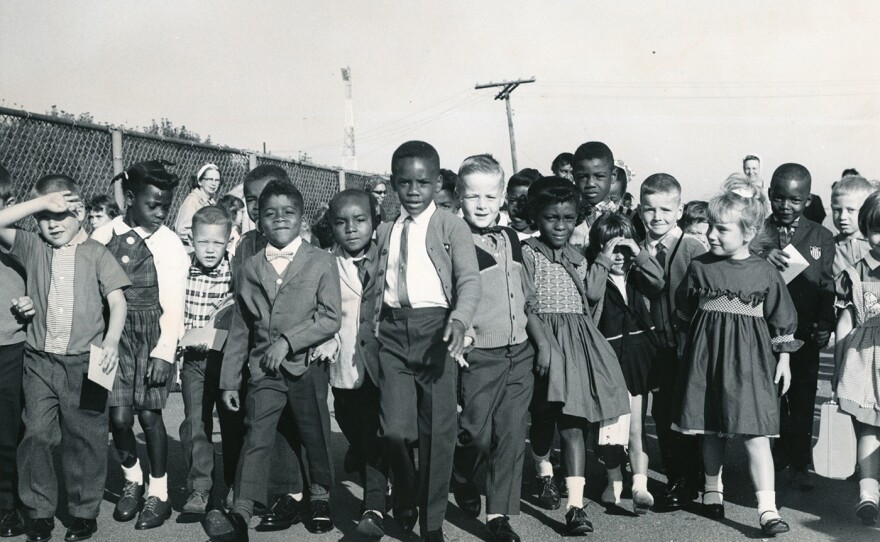
Watch On Your Schedule:
The film will stream for free simultaneously with broadcast through October 10 on all station-branded PBS platforms, including PBS.org and the PBS App, available on iOS, Android, Roku, Apple TV, Amazon Fire TV, Android TV, Samsung Smart TV, Chromecast and VIZIO. The films will also be available for streaming with closed captioning in English and Spanish.
Credits:
Directed by Sharon Grimberg (AMERICAN EXPERIENCE “Joseph McCarthy,” “The Abolitionists”) and Cyndee Readdean (RECONSTRUCTION: AMERICA AFTER THE CIVIL WAR). Edited by Jon Neuburger. Executive produced by Cameo George. AMERICAN EXPERIENCE is a production of GBH Boston.




